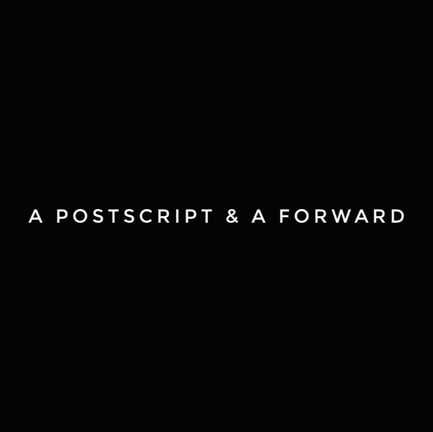|
The 2019 Seattle Art Fair, affectionately known as #seattleartholiday, has come and gone, marking our annual entry into the last, late days of summer. No doubt the Seattle Art Fair is, at the least, an invigorating and motivating event for our city. It feels good to see our regional art dealers present alongside an international cast of exhibitors, and with them a select few of the local artists we love and know. We thrill at the sight of red dots by their names, and congratulate each other at the party and on social media. Dealers looking slightly relieved and visibly, busily, conversing with collectors reassures us our city is in good standing. In the past two years, the Frye Art Museum has received $25,000 from Seattle Art Fair for new acquisitions to their contemporary collection; and this year, they welcomed four Seattle-based artists. And most importantly, we get to see firsthand, a small piece of the larger art market machine doing what it does best: selling booths, tickets, art, champagne, and a little hope. Additionally, the fair injects our city with an exhilarating jolt of energy. Seattle’s art community generously offers an abundant array of shows, parties, readings, events, openings, and closings. Inspired by the fervor of the fair, these events crop up in the hopes of capturing the imagination and the attention of a city in the thrall of excitement. For many of those in neighborhoods beyond the close proximity of the fair, where most of these events take place, this feels like an opportunity to shed light on other parts of the city and attract a new crowd. As an arts community, we happily obliged: we came, we went, we saw, we posted to Instagram. Now that the holiday is over, I have some questions. This brief post is meant to serve as a forward. It launches an ongoing series in which I’ll attempt to deeply examine the arts ecosystem of the region over the past twenty years. The overall health and vitality of the ecosystem, largely centered in Seattle, will be the point of departure for my research. My interest in this subject really began when I was writing for City Arts Magazine in my 2016/17 column, Field Notes. This eventually inspired an exhibition and mini-summit in October 2017 titled Sustaining Patronage: A Brainstorming Project. In that series of writing, and in round-table discussions with collectors, artists, and patrons; I asked questions about the way we build, galvanize, and sustain arts ecosystems. Throughout the articles and talks, we were able to examine different models of currencies and exchange; and discuss the ways in which community-building through the arts could both benefit and push back against late-stage capitalism. To be honest, it was hard. I felt like I failed, because I didn’t reach 90% of the people I personally invited to be a part of this conversation (namely, a few collectors, curators, and people outside the industry who had been supporters in the past). I suppose the difficulty might have been that I was still a person in a traditional “dealer” role attempting to disrupt the hierarchy of all our roles; and in the end I believe it wholly confused my audience. Despite an encouraging conversation with a gallery in New York who was launching a podcast in a similar vein; I never had the energy (or faith) to revive the series as it was intended. But now I think I'm ready, and excited, to re-engage these topics in new, unfettered ways. Having now set down my commercial role, I’m free to do this work in a way that, while not objective, will hopefully be as broad, honest, and unflinching as possible. And I may, hopefully, uncover many complexities, nuances, and contradictions in what I think I believe, and what I actually find. Know that I approach this project with great love and a deep caring for the future of the arts, and specifically, the arts in the Pacific Northwest. To problematize the capitalist, corporate nature of the art market and how it impacts the city’s larger, broader population of artists, small commercial galleries, artist-run spaces, independent curators, and other interdisciplinary producers is the pivot point from which I will begin. NEXT: How notions of biting the hand that feeds threatens our vitality when legitimate critique is led by artists, curators, and galleries on the front lines with the most at stake Hey, I’m trying something new! Art writing grants are few and far between, and highly competitive. Platforms like Patreon are amazing but hard to manage when the bulk of the work itself is the research for this project. So here’s my CashApp and Venmo , and if you like what you see please consider throwing a bit of cash my way so I can keep doing what I do and get paid. Pay it forward and I will keep producing in return!
Comments are closed.
|


 RSS Feed
RSS Feed